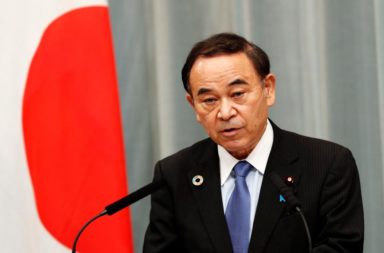In a historic move, Moscow Metro hired its first batch of female metro drivers after laws banning women from this field were lifted last year. 12 women have been inducted into the job starting on the first day of 2021, as per latest reports. The Russian capital had put a stop to hiring women as subway drivers since the 1980s, among other jobs considered too physically strenuous for them. Given the automation of transport systems, the rule banning women from the city’s famous metro network has been reversed.
The Russian capital’s transport system, which oversees the sprawling metro system, said in a statement that “the first female electric train drivers in modern history started working for the Moscow metro.” Built in the Soviet era as a Communist showpiece, the metro’s trains were historically operated by men because the work was listed on the government’s register of jobs deemed harmful for women’s health. The ban on access for women to many professions was widely criticised and a labour ministry decree in September last year cut the number of exclusively male professions from 456 to around 100.
Due to the recent law changes, from January 1, 2021, Russian women can also be employed as tractor drivers, long-haul truckers, boatswain and able seamen, among other previously unavailable professions. Russian legislation still bars women from working at certain chemical production lines as well as a number of physical jobs in mining and metallurgy, oil extraction and some other industries.
Special uniforms have been designed for the new female recruits, including seasonal summer and winter wear, along with accessories. The design is said to have taken into account the experience of male drivers, and the incoming team. Deciding which uniform will be up to the employee themselves – women will have a choice of whether to wear trousers or a skirt when operating the train.
Asserting its commitment to gender equality on the Russian capital’s underground, the network said it had already employed more than 22,000 women – 36% of its 62,000-strong workforce. It added that the 12 newly-qualified drivers were also the first of many to come – with another 50 expected to be hired next year.





